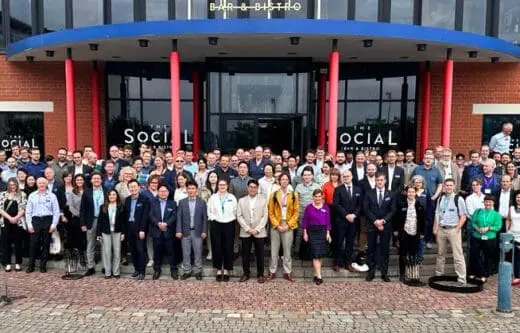Take aways from IMarEST Biosecurity Symposium 2024
The InMarEST Biosecurity Symposium held in London on September 26-27, 2024, brought together experts and stakeholders from around the world to discuss the pressing issues of biofouling and ballast water management.
This symposium was an engaging event that aimed for all participants to actively engage in discussions and learn from each other.
Biofouling, the buildup of aquatic organisms on underwater surfaces, poses considerable biosecurity issues. Our Senior Chemist & Laboratory Operations Manager, Dan Isaksson, was invited to speak about a crucial aspect of biofouling prevention: hull coatings. In his talk, Dan emphasized the critical role of biocidal hull coatings in managing biofouling, discussed the regulatory challenges, and highlighted Selektope as a unique, innovative and efficient antifouling biocide.
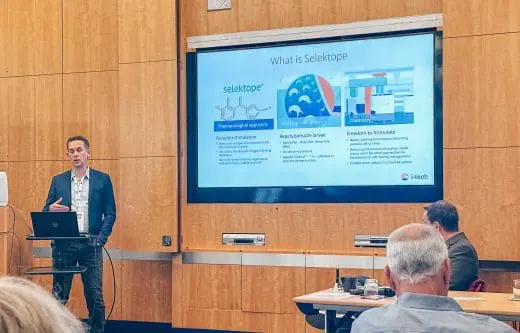
Symposium key take aways
The symposium sought to harness insights from ballast water treatment advancements and regulatory frameworks to formulate robust standards for managing biofouling and in-water hull cleaning. Experts specialising in these areas, gathered to delve into the complexities surrounding in-water cleaning, discussing the hurdles involved and how varying coatings are affected by such processes.
One of the key takeaways from the symposium was the acknowledgement that biofouling management requires an all-encompassing strategy. Discussions circled around the role of frequent, proactive in-water cleaning, even though it poses regulatory and practical hurdles. Moreover, debates centered around the alignment of cleaning practices with coating choices, underscoring a demand for deeper insights into synergizing coating and cleaning systems to optimize biofouling control for ship operators.
The symposium also highlighted the gaps between theoretical regulations and real-life practices, underscoring the complexity of creating effective global standards, the need for a comprehensive understanding of biofouling management, including the development of standards and regulations that consider the entire process. It was also emphasized the importance of antifouling coatings, not just for minimizing the risk of transferring nonindigenous species but also in reducing emissions and improve a vessel´s energy efficiency
The Connection Between Biofouling and Invasive Aquatic Species
Biofouling is a primary vector for the transfer of invasive aquatic species. Ships, through their ballast water and hull fouling, inadvertently transport a multitude of marine species across the globe. These species, once introduced to new environments, can establish reproductive populations, out-compete native species, and multiply into pest proportions. This has devastating effects on biodiversity, economic activities, and even human health. The International Maritime Organization (IMO) has recognized this threat and has implemented guidelines to manage biofouling and minimize the transfer of invasive species.
Regulatory Issues and Hull Cleaning
The regulatory landscape surrounding biofouling management is complex and varies across regions. The IMO’s Biofouling Guidelines provide a globally consistent approach to managing biofouling, emphasizing the importance of regular inspections, maintenance, and the use of approved antifouling systems. However, the implementation of these guidelines can be challenging due to differing national regulations and the practical difficulties of hull cleaning.
During the discussions in London, it was agreed that, regular hull cleaning, whether proactive or reactive, is crucial for controlling biofouling. For us, it was highly important to discuss the need to combine cleaning efforts with a coating that can withstand barnacle fouling, for example by including Selektope in the coating.
Proactive cleaning involves scheduled maintenance aimed at preventing biofouling, but it is often limited by port authorities due to concerns regarding the disposal of debris from the cleaning process. Moreover, this approach is only effective if no hard fouling attaches to the coating. Ideally, there should be no opportunity for hard fouling to accumulate between cleanings, but if cleaning cannot be performed, it is critical to use a coating that provides adequate protection against hard fouling organisms.
Reactive cleaning carried out after biofouling has already set in carries a greater risk of damaging the coating and potentially releasing invasive species into the local ecosystem. Advancing technologies that can capture and safely dispose of cleaning debris is vital to tackle these issues. Additionally, it is important to have a coating that can defend against the most difficult fouling types, like barnacle fouling.
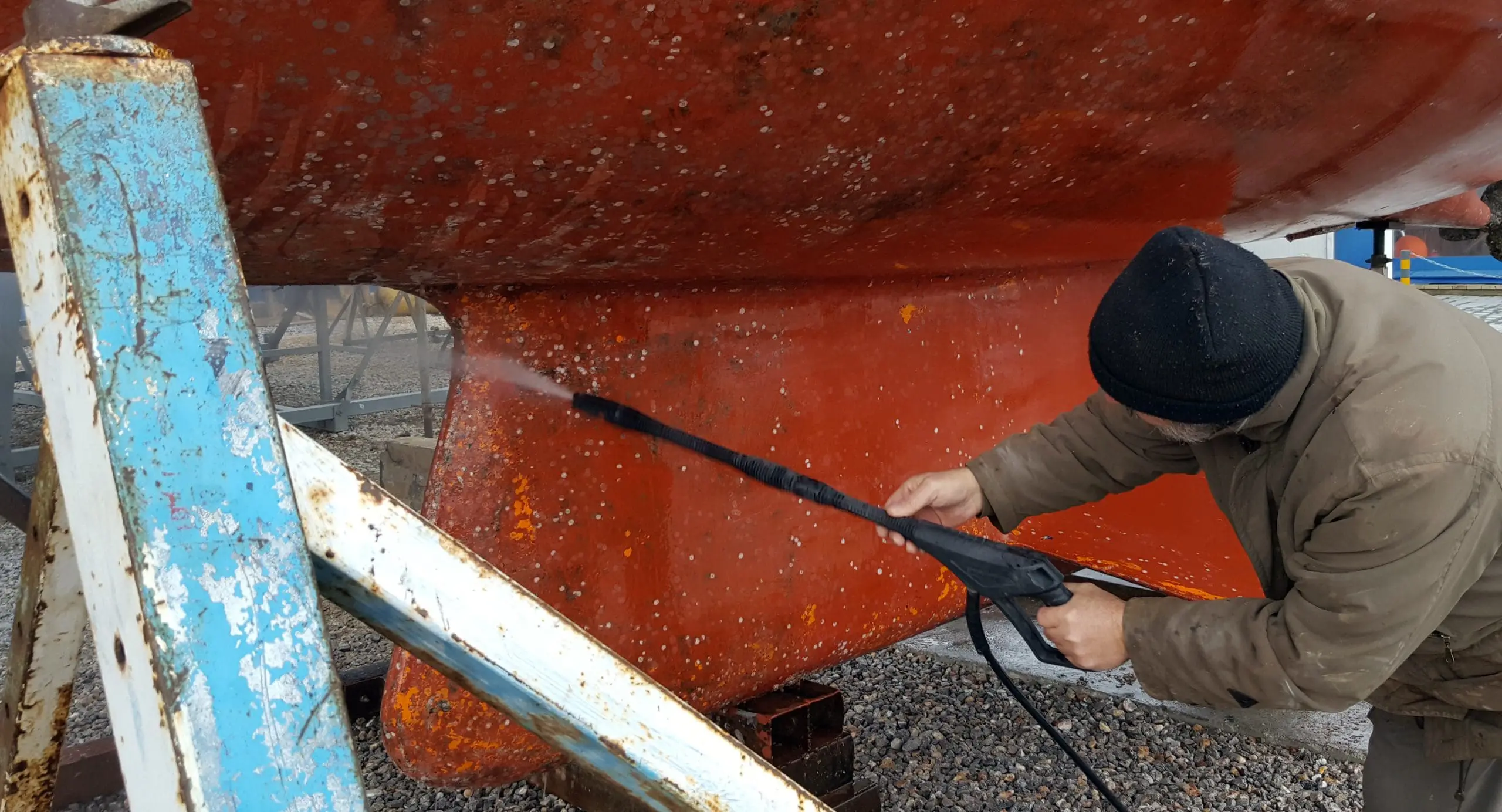
Biofouling prevention and Hull Coatings
Dan´s presentation, amongst others in the symposium underscored the crucial role of hull coatings, which are indispensable in protecting ship hulls from biofouling and ensuring the sustainability of marine ecosystems and ship operations.
In the ever-evolving landscape of marine biosecurity and biofouling management, the role of biocides in antifouling coatings cannot be overstated. Biocidal hull coatings are essential in protecting ship hulls from fouling. These coatings contain biocides which prevent the attachment and growth of marine organisms such as algae, barnacles, and molluscs.
As the toolbox of available biocides continues to shrink due to stringent regulations and environmental concerns, the need for innovative and effective solutions becomes increasingly urgent. Because, despite ongoing research and development, there are currently no viable alternatives to biocidal coatings that can effectively protect the global fleet from biofouling. Non-biocidal alternatives often fall short in terms of practicality and economic feasibility. This underscores the critical need for biocidal coatings in ensuring the sustainability and efficiency of marine operations.
In his presentation Dan showcased Selektope, a unique antifouling biocide, which exemplifies the innovation needed in this field. Its ability to prevent barnacle fouling in ultra-low doses and with a non-lethal mode of action makes it a valuable tool in the fight for sustainable shipping practices. As we navigate the challenges of a shrinking biocide toolbox, the development and adoption of such effective antifouling solutions are imperative.
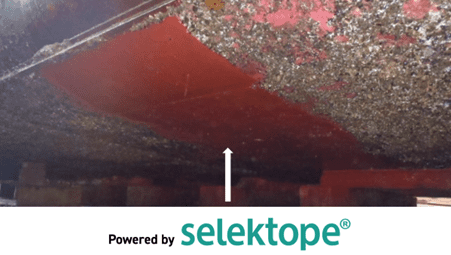
In summary – A holistic view, innovation and collaborations are vital
Biofouling presents significant biosecurity challenges that require a coordinated and multifaceted approach. By understanding the connection between biofouling and invasive species, leveraging advancements in coatings, and navigating the regulatory landscape, we can mitigate the risks associated with biofouling and protect our marine ecosystems.
Addressing the biosecurity challenges posed by biofouling requires a holistic approach that integrates regulatory frameworks, technological advancements in coatings, and effective hull cleaning practices. The collaboration between various stakeholders, including regulatory bodies, marine service providers, and coating manufacturers, is essential in developing and implementing effective biofouling management strategies.
The pressing global need for effective antifouling coatings is clear. These coatings are not only vital for biosecurity but also for the efficient and environmentally responsible operation of ships. As we strive to protect our oceans and reduce emissions, the marine industry must continue to innovate and collaborate, ensuring that antifouling solutions remain at the forefront of sustainable shipping practices.
Selektope’s uniqueness lies in its ability to prevent biofouling without causing significant environmental harm. It is a proven ingredient that enhances the performance of coatings, making it a valuable tool in the fight against biofouled ship hulls.
Related articles
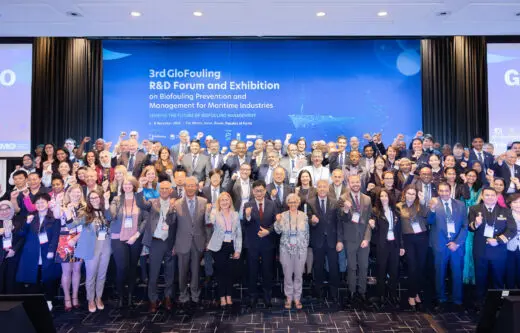
Innovative Solutions and Global Collaboration: Highlights from the 3rd GloFouling R&D Forum in Busan
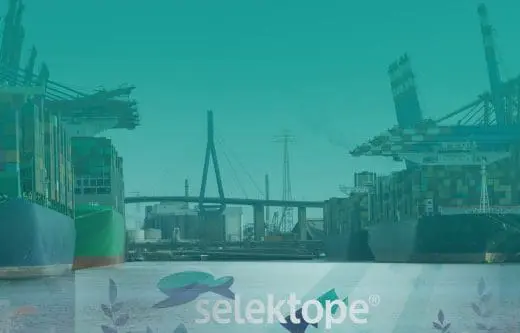
Navigating innovation for smooth sailing: A recap of SMM 2024
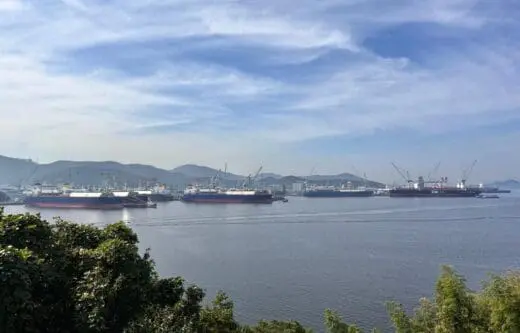
Biofouling: reflections from Kormarine 2023
